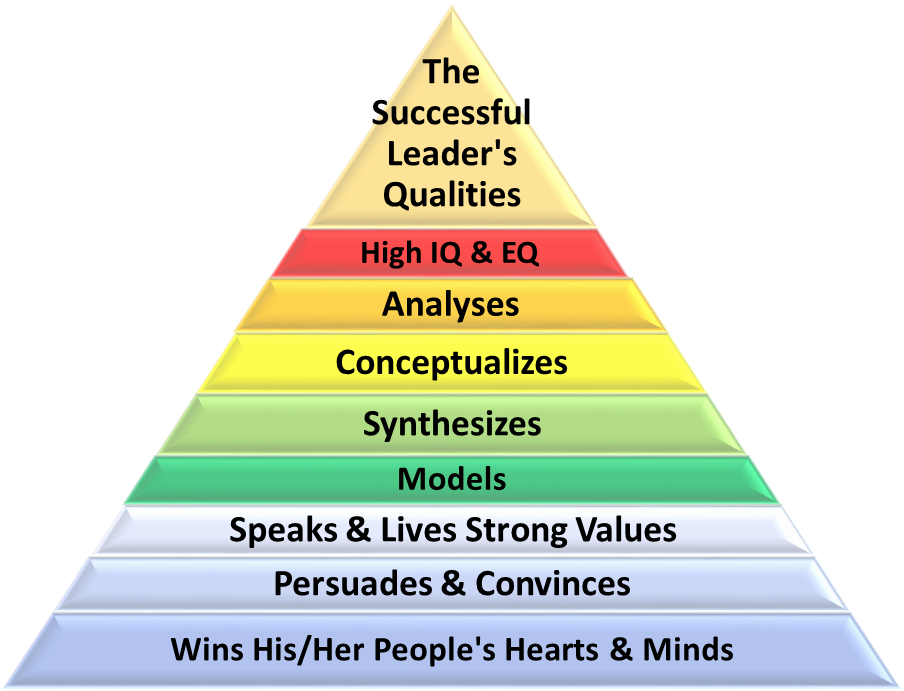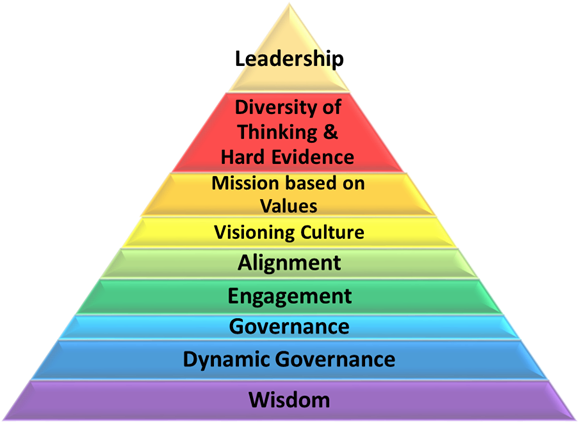www.strategic-change-consultants.com
The definition of success for an enterprising entity, be it a for-profit company or a not-for-profit organization, has been the subject of hundreds of academic and professional books, articles, conferences and symposia and has been the object of research for many outstanding minds.
All research evidence points to the fact that business success means not only the creation of value but mainly its delivery to all stakeholders: shareholders/owners, employees, suppliers/partners, investors, customers and the community where the company operates.
Defining value is also controversial. It must be seen through the eye of the beholder. For the owners/shareholders, it would mean competitive dividend and/or increasing market value. For the employees, it would mean fair emoluments, stable employment, comfortable pension and so on. For the customers, it would mean satisfying their needs: full functionality, high quality, durability, value for money, etc. For the supplier, it would mean stable orders, prompt payments and so on. For the community, it would mean well-paid jobs, protection of the environment, etc. Value evolves and differs from company to company and from individual to individual.
Most recent, extensive, international research carried out by our associate, Prof. Dr Andrew Kakabadse(1), shows that defining the value delivery should precede strategy. Of equally vital importance is how the value delivery at first and the strategy then, are formulated.
The company leader who strives to be successful knows that, for delivering profitably value to the organization’s stakeholders, he/she should execute productively the corporate mission (by executing optimally the corporate processes) while evolving it so as to keep it competitive by realizing the corporate vision (by executing effectively strategic projects).
He/she is confronted with the fundamental question:
- How will he/she manage to deliver the maximum value to their stakeholders in an optimum, sustainable way?
- ...builds his team (be it the Board of Directors or the Top Management Team or a Project Team)
 so as to exhibit a diverse though balanced mix of competences -so as to be able to discuss and challenge difficult issues from all possible angles, complementary competencies –so as to form a real team and simultaneously aspire to the same corporate values, so as to be inspired by a common esprit de corps;
so as to exhibit a diverse though balanced mix of competences -so as to be able to discuss and challenge difficult issues from all possible angles, complementary competencies –so as to form a real team and simultaneously aspire to the same corporate values, so as to be inspired by a common esprit de corps;
- ...builds, nurtures and propagates a tribal culture based on the corporate values by continuously talking and living the values. A culture which enables open, exhaustive discussion of all emerging issues, even the most sensitive ones, on the basis of hard evidence and the expression of even unconventional proposals, until solutions are adopted with (near) consensus and hence absolute alignment is achieved;
- ...builds engagement of all major players in realizing the agreed solutions to all corporate issues and executing whole-heartedly the corporate processes and strategic projects;
- ...leads the execution of the corporate mission and of the strategic projects, governing upfront and monitoring then, whether he/she acts as the Chairperson leading collectively the Board of Directors or as the Chief Executive leading his top management team (or even as the Project Manager);

- ...achieves and maintains competitive advantages and sustainability by continually challenging the corporate mission and vision and by being ready to effect major changes as soon as disruptive internal &/or external forces appear. In doing so he builds, maintains and enforces dynamic governance;
- ...exploits diverse human capabilities including the dynamism of young people and the wisdom of older ones, so as to continuously nurture a dynamic though wise corporate culture! The successful leader never forgets that his/her personal mission is the delivery of value to the organization’s stakeholders: customers, owners, investors, employees, partners, suppliers and the community.
The successful leader remembers, every single day, that leadership is not equivalent to simply “directing his/her orchestra”, but rather leading the writing of the script and music, teaching his co-players how to play correctly their instruments, coaching them to passionately play as an organic team -sharing the same values, guiding them to play in a coordinated manner, then, and only then, monitoring their performance as individual players and as a whole and, lastly, directing them in delivering passionately superb value to all stakeholders: their customers, themselves (as players/employees), their sponsors/organization owners, their community –be it the village, the city, the country, even the planet itself!
NB. You can read our articles on various concepts referred to in the above article here.
_____
(1) The Successful Formula – How Smart Leaders Deliver Outstanding value, Andrew Kakabadse, ISBN: 978-1-4729-1684-6
11.12.2015


